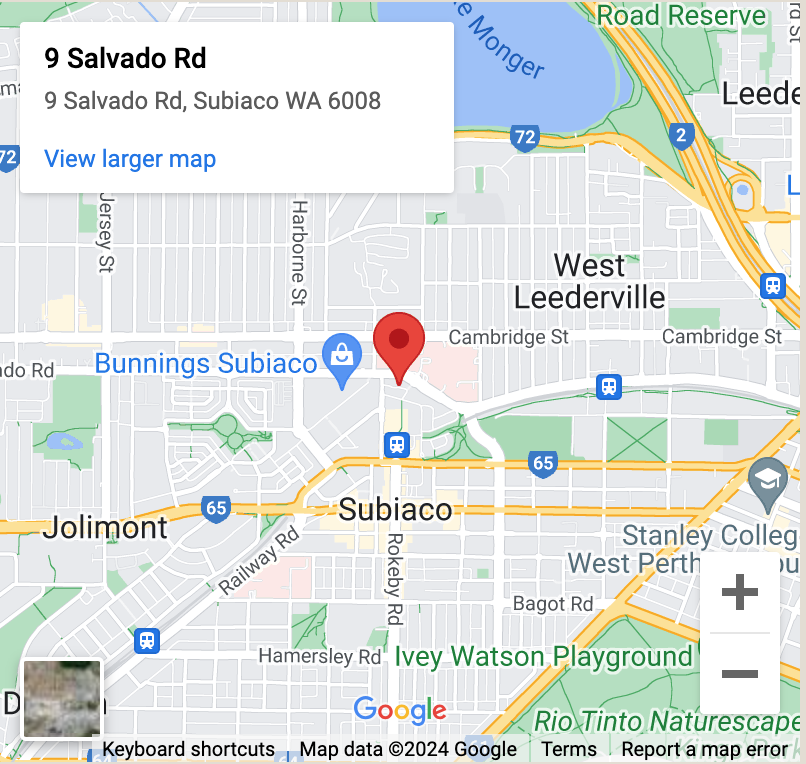Macular hole

A macular hole is a small round hole that develops in the centre of the macula, the highly sensitive area of the central retina responsible for detailed central vision. In order to understand the effect a macular hole has on vision, it is helpful to know a little about the eye and how it works.
The eye may be likened to a camera. In the healthy eye, light passes through the lens and vitreous to reach the retina.
The retina is the light-sensitive nerve tissue that lines the inner wall of the eye, like the film in a camera. It contains specialised photoreceptor cells which convert light into electrical impulses. In the healthy eye these impulses are sent via the optic nerve to the brain, where sight is interpreted.
The macula is a tiny area at the centre of the retina. It is responsible for our detailed vision, allowing us to read, recognise faces, drive and see colour.
The vitreous is a clear, gel-like structure which occupies about two thirds of the volume of the eye. It is comprised of over 99% water, but also contains structural elements such as collagen fibres and proteins. As we age, changes occur in the vitreous, and the back surface of the vitreous collapses away from the retina. This is known as posterior vitreous detachment, or “PVD”. A patient may experience flashes of light and new floaters as this process occurs.
Sometimes during vitreous collapse the vitreous fails to completely separate from the retina, and pulls on the macula to form a macular hole



